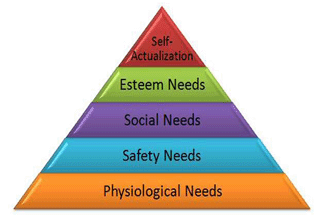A set up where two or more parties engage in exchange of goods, services and information is called a market. Ideally a market is a place where two or more parties are involved in buying and selling.
The two parties involved in a transaction are called seller and buyer.
The seller sells goods and services to the buyer in exchange of
money. There has to be more than one buyer and seller for the market to
be competitive.
Monopoly – Monopoly is a condition where there is a single
seller and many buyers at the market place. In such a condition, the
seller has a monopoly with no competition from others and has complete
control over the products and services.
In a monopoly market, the seller decides the price of the product or service and can change it on his own.
Monopsony – A market form where there are many sellers but a
single buyer is called monopsony. In such a set up, since there is a
single buyer against many sellers; the buyer can exert his control on
the sellers. The buyer in such a form has an upper edge over the
sellers.
Types of Markets
- Physical Markets – Physical market is a set up where buyers can physically meet the sellers and purchase the desired merchandise from them in exchange of money. Shopping malls, department stores, retail stores are examples of physical markets.
- Non Physical Markets/Virtual markets – In such markets, buyers purchase goods and services through internet. In such a market the buyers and sellers do not meet or interact physically, instead the transaction is done through internet. Examples – Rediff shopping, eBay etc.
- Auction Market – In an auction market the seller sells his goods to one who is the highest bidder.
- Market for Intermediate Goods – Such markets sell raw materials (goods) required for the final production of other goods.
- Black Market – A black market is a setup where illegal goods like drugs and weapons are sold.
- Knowledge Market – Knowledge market is a set up which deals in the exchange of information and knowledge based products.
- Financial Market – Market dealing with the exchange of liquid assets (money) is called a financial market.
Financial markets are of following types:
- Stock Market – A form of market where sellers and buyers exchange shares is called a stock market.
- Bond Market – A market place where buyers and sellers are engaged in the exchange of debt securities, usually in the form of bonds is called a bond market. A bond is a contract signed by both the parties where one party promises to return money with interest at fixed intervals.
- Foreign Exchange Market – In such type of market, parties are involved in trading of currency. In a foreign exchange market (also called currency market), one party exchanges one country’s currency with equivalent quantity of another currency.
- Predictive Markets – Predictive market is a set up where exchange of good or service takes place for future. The buyer benefits when the market goes up and is at a loss when the market crashes.
Market Size
The market size is directly proportional to two factors:
- Number of sellers and Buyers
- Total money involved annually
